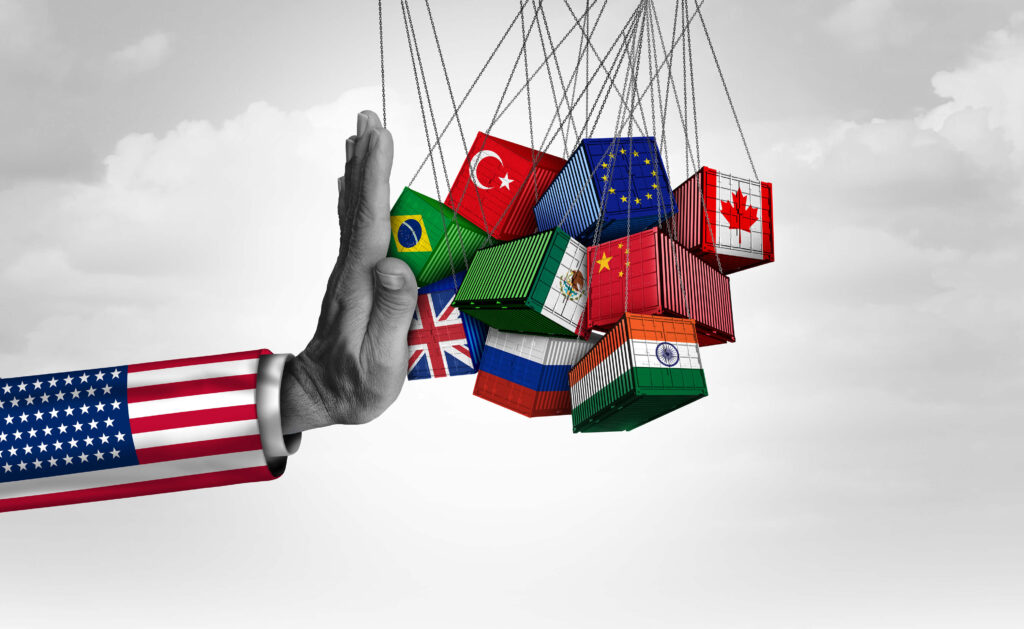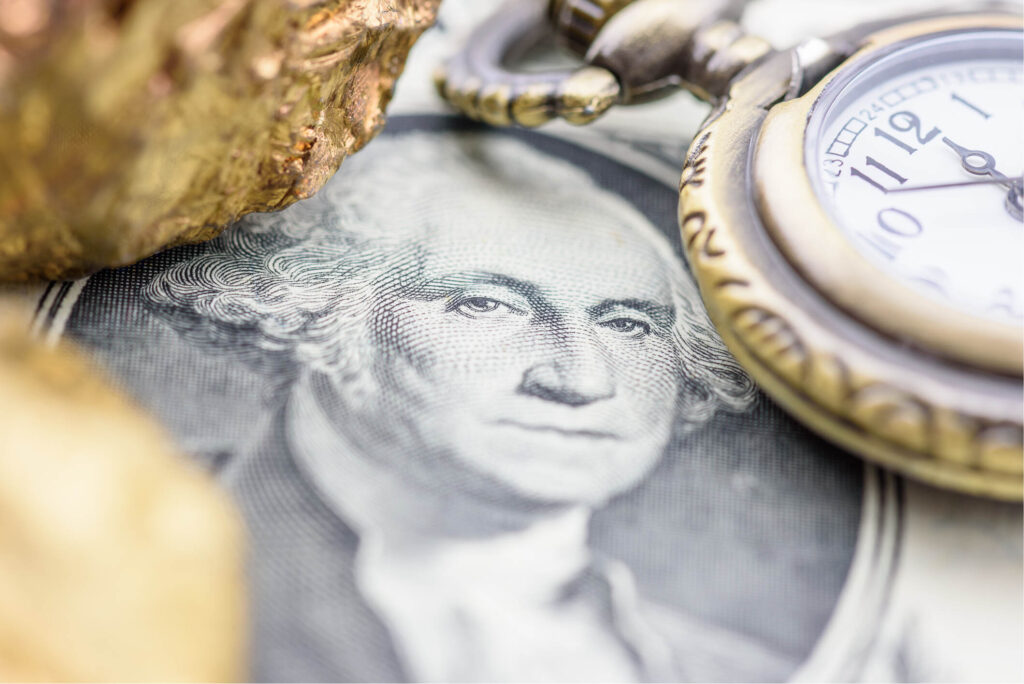Australia’s Central Bank Delays Rate Cut Despite Easing Inflation

Australia’s central bank surprised markets by keeping interest rates steady at 3.85% instead of cutting them as expected. Most investors had predicted a rate cut due to slowing inflation and weak consumer spending, but the Reserve Bank of Australia said it needs more data before easing. The decision sent the Australian dollar higher and bond markets lower. While the bank still sees a rate cut in the near future, likely in August, it’s treading cautiously amid global uncertainty and recent trade tensions.
Has Gold Peaked? Here’s What the M2-to-Gold Ratio Data Shows

Has gold really peaked — or is the next breakout just beginning? Mike Maloney and Alan Hibbard reveal what the M2-to-Gold Ratio is signaling now…
Countdown to Tariffs: August 1 Deadline Looms for U.S. Trade Partners

President Trump has announced sweeping new tariffs: 25% on goods from Japan and South Korea, and up to 40% on imports from a dozen other countries. Set to take effect August 1, the move has reignited fears of global trade disruptions. Trump warned that any retaliatory tariffs would be met with even higher U.S. duties. While framed as a strategy to revive domestic manufacturing, the tariffs are already shaking markets, boosting bond yields, and raising recession concerns. Negotiations remain possible, but uncertainty is high.
Tariffs vs. Treasuries: What’s Pressuring Gold Prices Now

Gold edged lower this week, driven by a spike in U.S. 10-year Treasury yields after President Trump introduced aggressive new tariffs targeting major Asian trade partners. The move—intended to force renegotiation of trade deals—raised concerns about slowing global growth and potential retaliatory moves from China. While rising yields typically reduce gold’s appeal, the economic uncertainty introduced by tariffs could support gold in the longer term. Investors are also eyeing upcoming Fed meeting minutes for hints about future interest rate paths.



